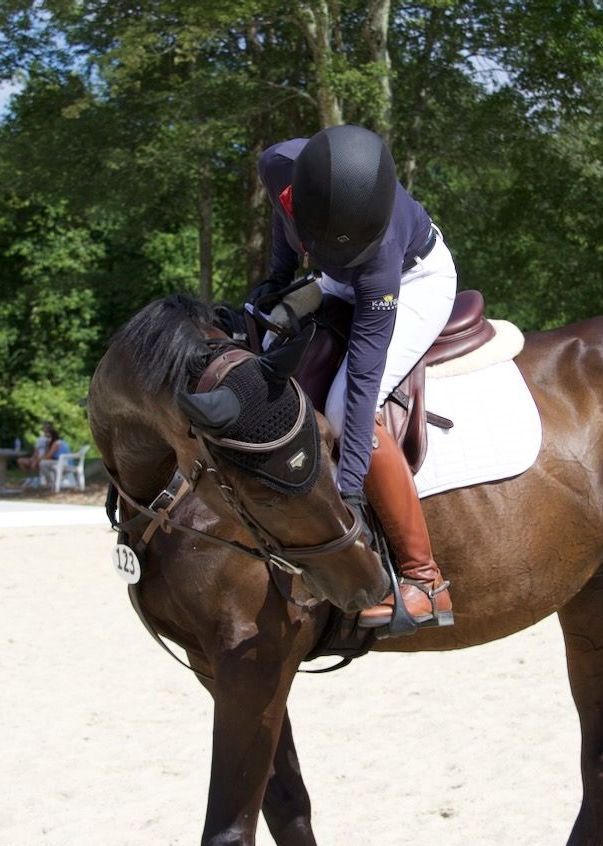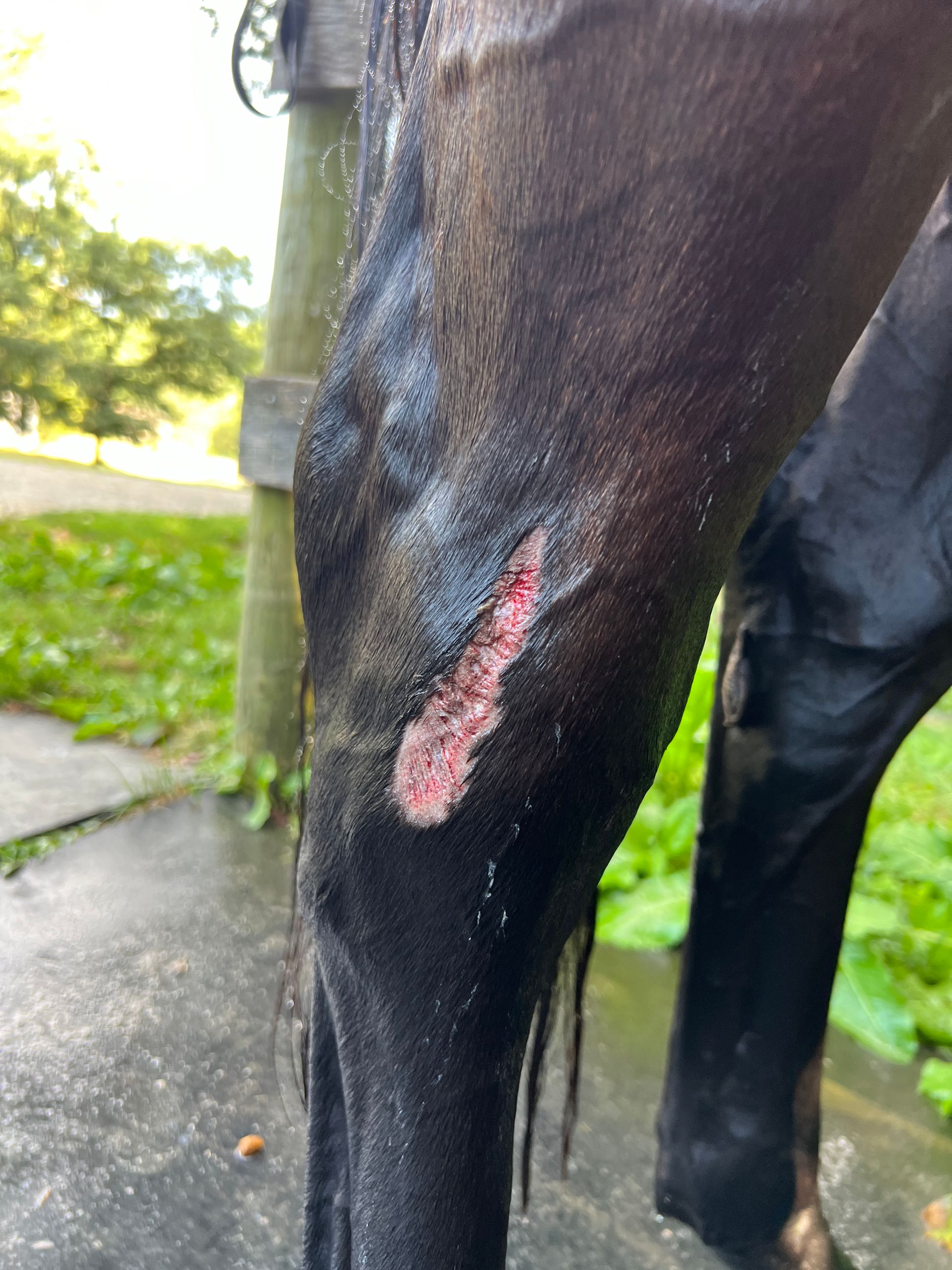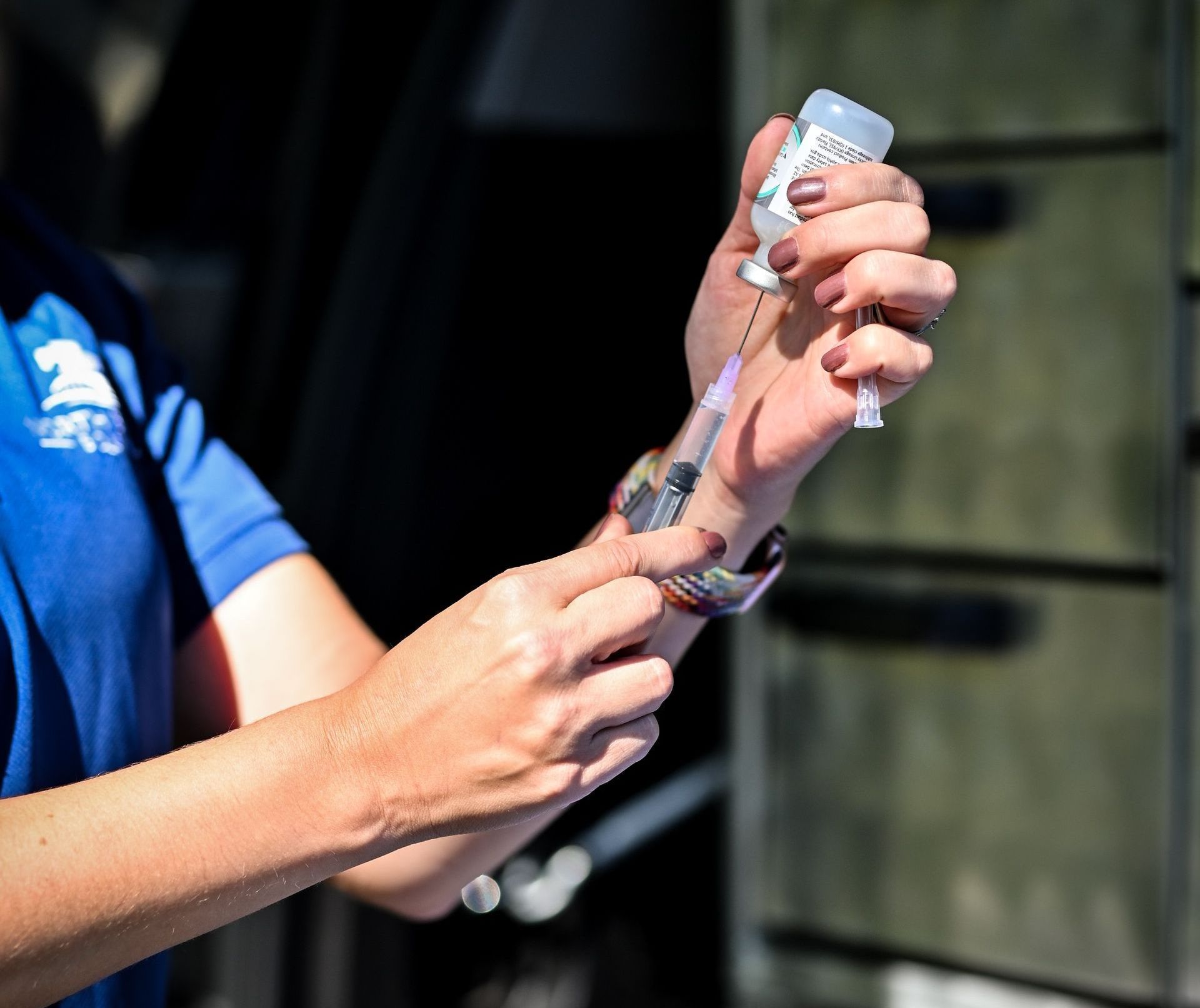Blog
Functional Electric Stimulation: A Research-Backed Approach to Equine Recovery
How FES Supports Muscle Function, Circulation, and Healing
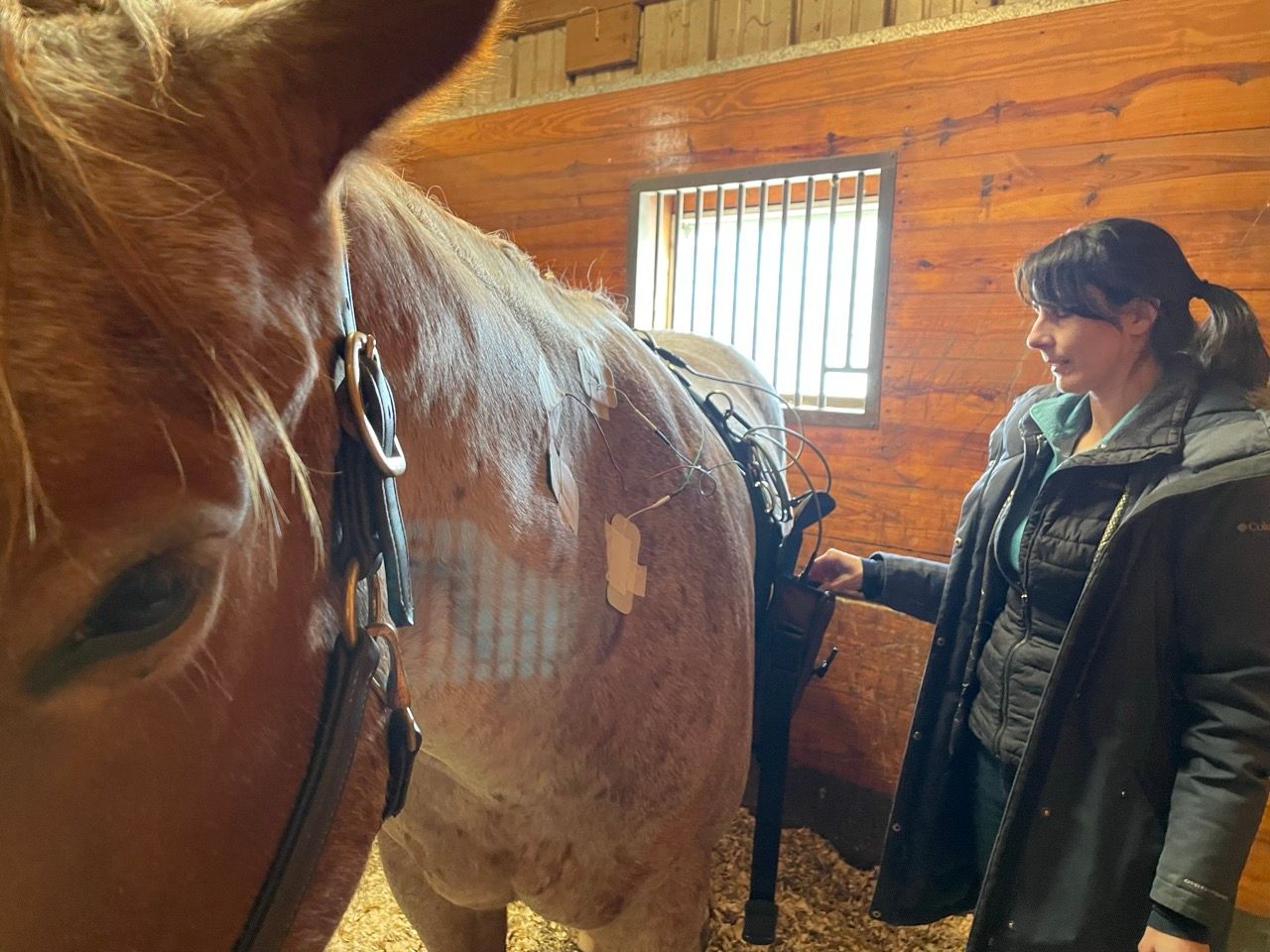
Functional Electrical Stimulation (FES) has recently become an increasingly well utilized modality in equine sports medicine and rehabilitation.
FES is designed to restore the natural cycle of muscle contraction and relaxation, encouraging movement patterns that contribute to recovery and long-term function. Originally developed for human patients recovering from spinal cord injuries, there is a wealth of data behind its mechanism and use. Here we explain how it works and how it can help our equine partners.
The Science Behind FES
In healthy muscles, there is a continuous balance of contraction and relaxation, allowing movement to occur fluidly and without restriction. However, when an injury occurs, muscle fibers enter a protective state, often remaining in prolonged contraction. This response, sometimes referred to as muscle "splinting," prevents excessive movement but also reduces circulation and increases inflammation—both factors that slow recovery and result in pain.
FES works by delivering controlled electrical impulses that target both motor and sensory nerves, prompting muscles to contract and relax in a way that mimics their natural function. By encouraging this cycle, FES helps:
- Restore proper movement patterns that are disrupted by injury or chronic poor usage
- Improve circulation to bring essential nutrients and oxygen to damaged tissues
- Reduce chronic inflammation
- Prevent long-term stiffness and adhesions, allowing for more functional recovery

FES vs. TENS: Key Differences in Their Effects
While FES and Transcutaneous Electrical Nerve Stimulation (TENS) are sometimes mentioned together, they serve different purposes:
- FES stimulates motor nerves, activating muscle movement and function, in addition to working on sensory nerves to reduce pain while TENS primarily affects sensory nerves to modulate pain signals.
- FES promotes muscle coordination, encouraging proper movement patterns, while TENS is more focused on pain relief rather than functional recovery.
- FES reaches deeper tissues, stimulating muscles up to 6 to 8 inches beneath the skin, whereas TENS has a more surface-level effect on nerve endings.
These distinctions make FES particularly useful in cases where muscular dysfunction, imbalance, or limited mobility are present, rather than simply addressing pain alone.

Applications in Equine Rehabilitation
Because of its ability to penetrate deep muscle layers, FES has proven valuable in treating conditions affecting the spine, pelvis, tendons, and ligaments—areas that can be difficult to address through manual therapies alone. Research and clinical applications suggest that FES may assist with:
- Post-injury recovery , particularly after strains or soft tissue damage
- Neuromuscular re-education , helping muscles regain coordinated movement
- Arthritic conditions , where muscular compensation patterns contribute to joint strain
- Preventing muscle wastage and atrophy (particularly of the back) while horses are recovering from surgery or other injuries.
- Preventative care , reducing the risk of secondary injuries caused by imbalances in movement
Another notable advantage of FES is that horses tend to tolerate the treatment comfortably without requiring sedation. The stimulation itself is designed to be gentle yet effective, making it a practical option for both acute and chronic cases.
A Research-Backed Approach to Recovery
While electrotherapy has been used for decades in human medicine, its adaptation to equine care continues to evolve. FES aligns with fundamental rehabilitation principles, emphasizing controlled activation of muscles to support healing and functional movement restoration. As its applications in veterinary medicine expand, researchers continue to explore how FES can further optimize rehabilitation protocols for equine athletes and companions alike. As research progresses, its role in performance recovery, injury prevention, and therapeutic intervention will likely continue to grow.
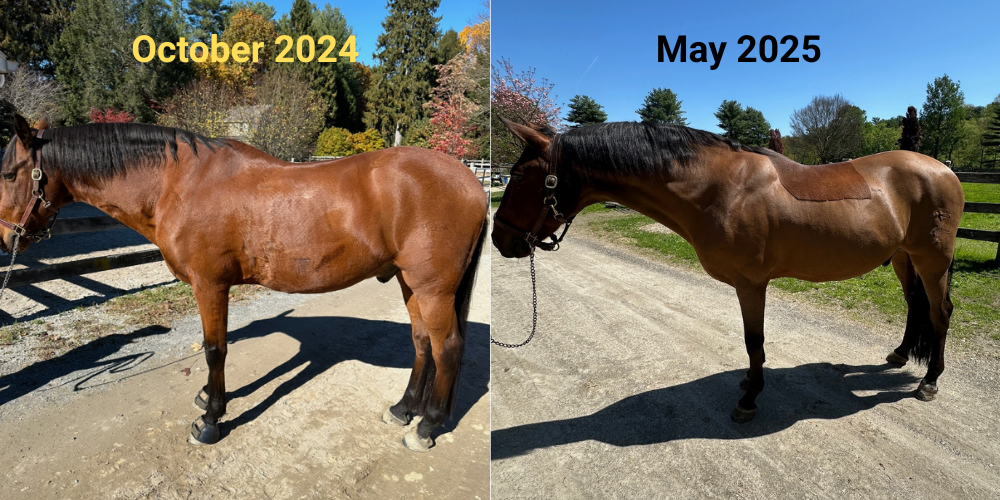
Recent Posts








